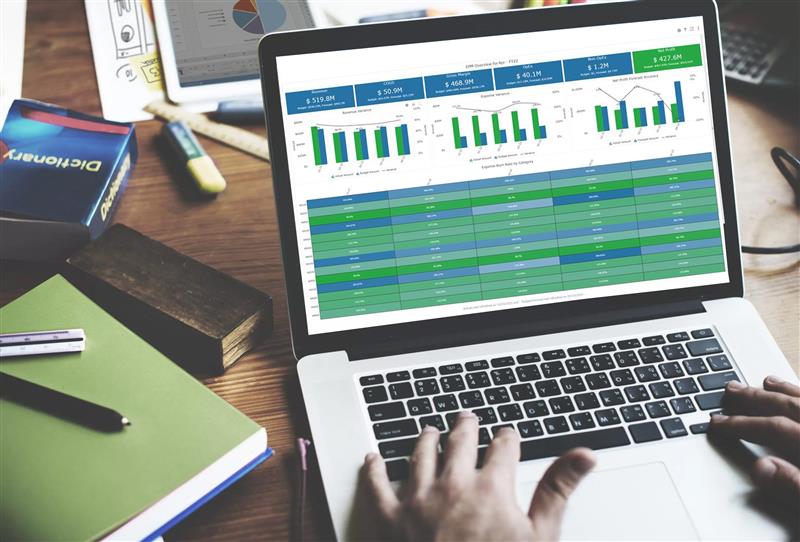Why you should attend?
Join us for an engaging panel discussion where we will delve into five must-have strategies to close the gender pay gap using People Analytics & HR Reporting. Our expert panelists will share their experiences and insights, addressing real-life challenges in promoting diversity and implementing effective pay equity strategies.
They will also discuss UK and US pay equity statistics to provide a broader context. This session is necessary for HR professionals committed to achieving pay equity through actionable insights and data-driven solutions.
Session highlights
- Regular Pay Audits
- Transparent Pay Structures
- Understand Drivers of Pay within your Organization
- Bias-Free Recruitment Metrics
- Frequent Monitoring for Continuous Progress
Join us to learn from industry leaders and gain practical strategies for driving pay equity in your organization. Be part of the change towards a more equitable workplace.














